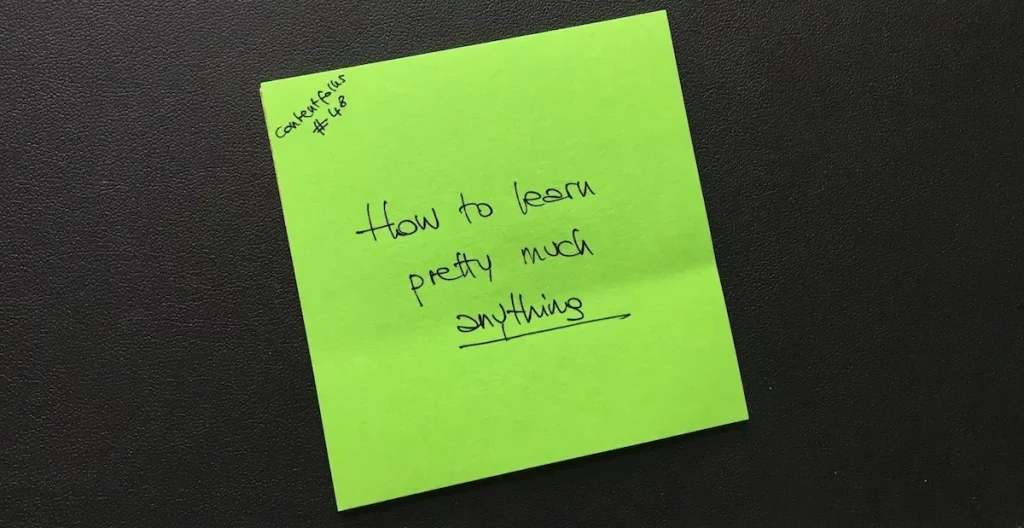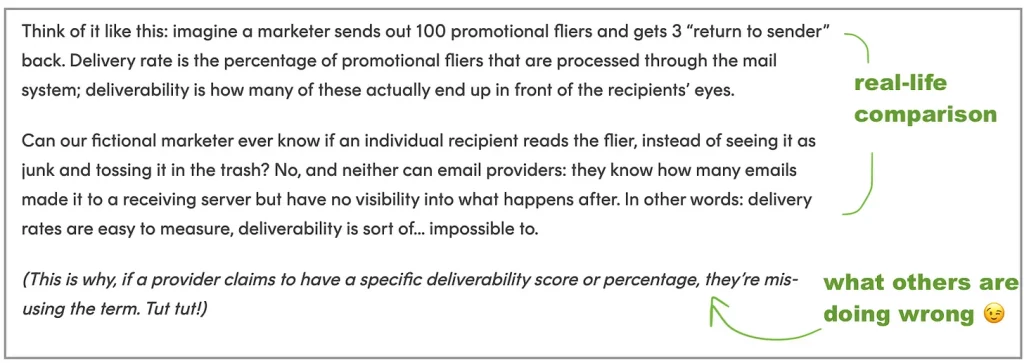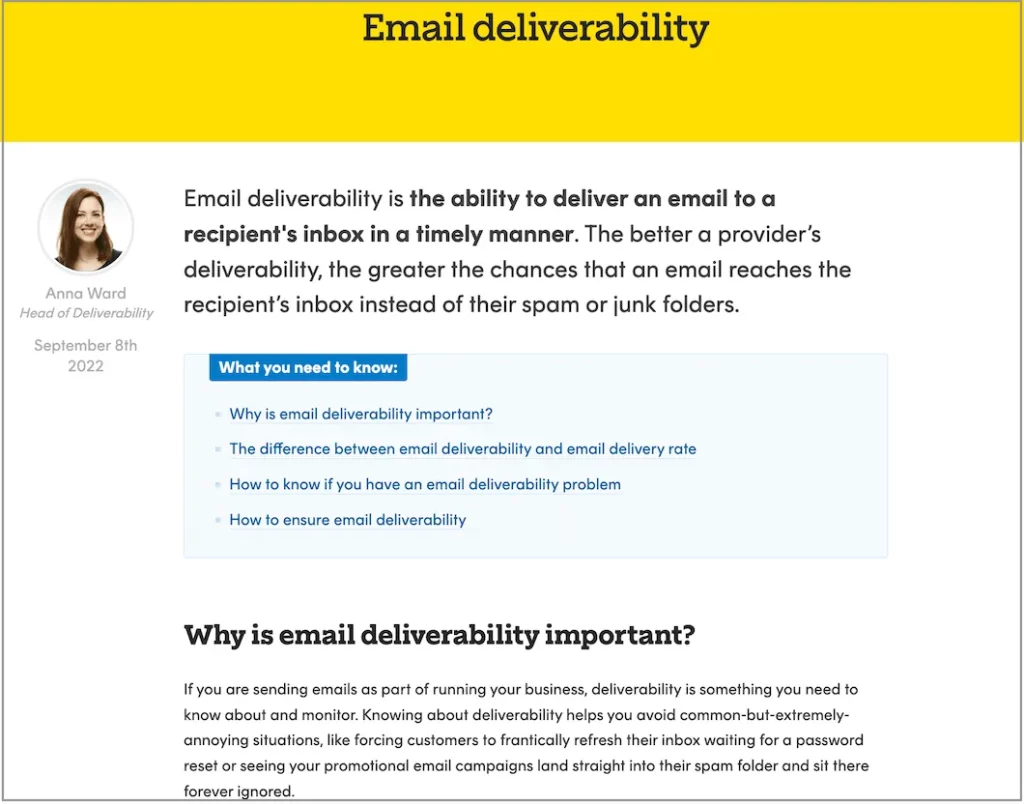
You are reading contentfolks—a fortnightly blend of sticky notes, big content ideas, and small practical examples. Thank you for being here! ~fio
Hey there 👋
Sooner or later in your career, you’ll need to master unfamiliar concepts—maybe after landing a role in a new industry, when you level up and start learning more about how a business is run, or the next time you have to create content on a topic you know little about.
Whatever the situation, here is how to learn something new: try to explain the topic in simple words as if you were teaching it to someone else.
The Feynman technique
The method I just described is known as the Feynman technique, named after a Nobel-prize-winning theoretical physicist who was extremely good at explaining things.1 Most of Feynman’s work is irrelevant to your daily life as a content marketer (unless you care about the superfluidity of supercooled liquid helium), but the technique comes in very handy whenever you need to learn new things, fast.
Here is how it works:
Explain the topic in simple words → start from the topic you’re trying to learn and pretend you’re teaching it to someone who knows less than you do. You can do this in writing or by speaking out loud, as long as you do it in your own words, without jargon, complicated concepts, or convoluted sentences. Just plain language. If it helps, imagine you’re teaching it to a 10-year-old.
Fill your knowledge gaps → as you worked through step 1, you probably noticed points where you got confused, started using filler words, or just had no idea how to connect one concept to another. Perfect: these are the knowledge gaps you now need to fill with research, for example by reading an in-depth guide or talking to a subject matter expert.
Explain it again (and again) → use the new information you just collected to revise your previous explanation and try to explain it again. Keep iterating until you are confident in your understanding and can explain the topic simply.
If it sounds easy… it isn’t.
Making things simple is extremely difficult.
💡 A practical example 💡
Last week I worked on a glossary entry at Postmark about email deliverability. It’s a technical topic I knew some things about, but not enough to write about it confidently, and certainly not enough to make it simple for someone else.
Here is how I borrowed the Feynman technique to write it:
1. Explain it to someone
I opened a new doc and made a list of a few things I knew and the order I wanted to tackle them in, then tried to flesh out the concept. After getting stuck at the first sentence, I realised I didn’t even have the basic concept down.

2. Fill your knowledge gaps
I hoped to fill my gaps by googling the term, opening ~10 pages, and learning new things—but this tactic didn’t work out. Everybody had their own version of the main definition, different companies used the same terms in different ways, some of the content was clearly written just to rank, and I didn’t know enough about deliverability to even know who to trust.
Since I work with one of the web’s top experts on the topic (hi Anna 👋 ), I changed tactics and asked her for help—in retrospect, I should have done this from the start. We agreed to a 30-minute Zoom interview that more or less followed this structure:
- If I asked you to define [topic] in just one sentence, what would you say?
- How does this concept differ from [similar topic]?
- Why is [topic] important, and to whom?
- What common mistakes do people make when explaining [topic]?
- What is something not many people know or mention about [topic]?
- Now that we spent 30 minutes talking about [topic], if I asked you again to define it in just one sentence, how would you change your original answer?
3. Explain it again (and again)
I read our interview transcript multiple times and started working on a draft, going back to Anna’s words whenever I got stuck. After a few hours, more research, and several drafts, I understood the topic well enough to write a solid, two-sentence definition:

I also felt confident enough to explain the concept via a real-life comparison, and even to call out mistakes I’d seen others make:

Once the draft was ready, I asked Anna to review and edit wherever needed. Before publishing, I assigned authorship to her because, let’s be honest, there was no way I could have done any of this on my own! Here is a preview:

Would you believe this small lil’ page, sitting there at 1017 words, is the single hardest piece of content I’ve worked on the entire quarter?
The funny thing about the Feynman technique is that I’ve been using it for decades without knowing it had a name. In the Italian public school system of the 1990s, we were taught that the best way to learn something was by trying to explain it back to someone else—cue me spending my childhood blabbering to an invisible crowd in my room, teaching them things. Maybe that’s when the seed for this newsletter was truly planted 😅
The next time you need to learn something new, will you give it a try?

Feynman was known as “the Great Explainer,” and you can just watch this ~2-minute video about how trains stay on the track to see if you agree with the nickname. Also, did you know train wheels are conically shaped?!